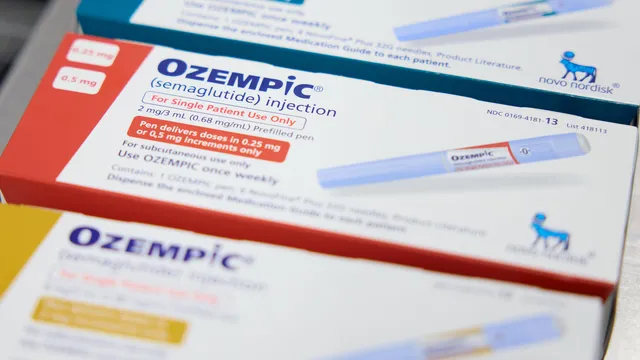We have all felt that sudden, icy shock to the forehead when we eat ice cream or take a sip of a very cold drink. This brief but intense headache, also known as brain freeze, is considered a minor summer inconvenience. But science shows that it hides surprising neurological complexity – and may even help doctors protect the brain in critical situations.
The phenomenon occurs when a cold stimulus—whether solid, liquid, or gaseous—passes through the palate or the back of the pharynx. The sudden change in temperature causes the blood vessels to constrict and then rapidly expand. The trigeminal nerve perceives this as a thermal threat and sends a pain signal. Interestingly, the pain is felt not in the mouth, but in the forehead or temples – a typical example of "referred pain."
In 2010, Critical Care Medicine magazine raised the question: can brain freeze save lives? The mechanisms behind it resemble therapeutic hypothermia – a technique in which the brain is cooled after cardiac arrest to limit damage. Thus, a common summer phenomenon can provide ideas for new clinical approaches.
Studies show that cold pain is much more common in people with migraines – between 55% and 73% compared to 23% to 45% in those suffering from tension headaches. In children and teenagers, the prevalence reaches 79%. Family history is also an important factor – if the mother has brain freeze, the risk for the child increases more than tenfold.
In most cases, this phenomenon is not dangerous, and the pain passes quickly and without consequences. There is only one isolated case known from 1999, when a young man fainted after drinking ice-cold water – probably due to an extreme vagal reflex. However, this remains an exception rather than the rule.
The surest way to avoid this specific discomfort is to eat and drink cold things slowly, avoid direct contact of ice-cold foods with the upper palate, and allow drinks to warm up slightly on the tongue before swallowing. If the pain has already started, the simple trick of pressing the tongue against the palate helps to restore the temperature and relieve the unpleasant sensation.
The next time a spoonful of ice cream "freezes" your forehead, know that this is not a whim of the body, but a reaction that scientists are still studying—and one that may prove to be the key to new ways of protecting the brain. | BGNES

 Breaking news
Breaking news
 Europe
Europe
 Bulgaria
Bulgaria







